The Statue of Hachiko, a Symbol of Loyalty to Humans
Located by an exit at Shibuya station in Tokyo, this bronze figure pays homage to a dog who became known all over the world.
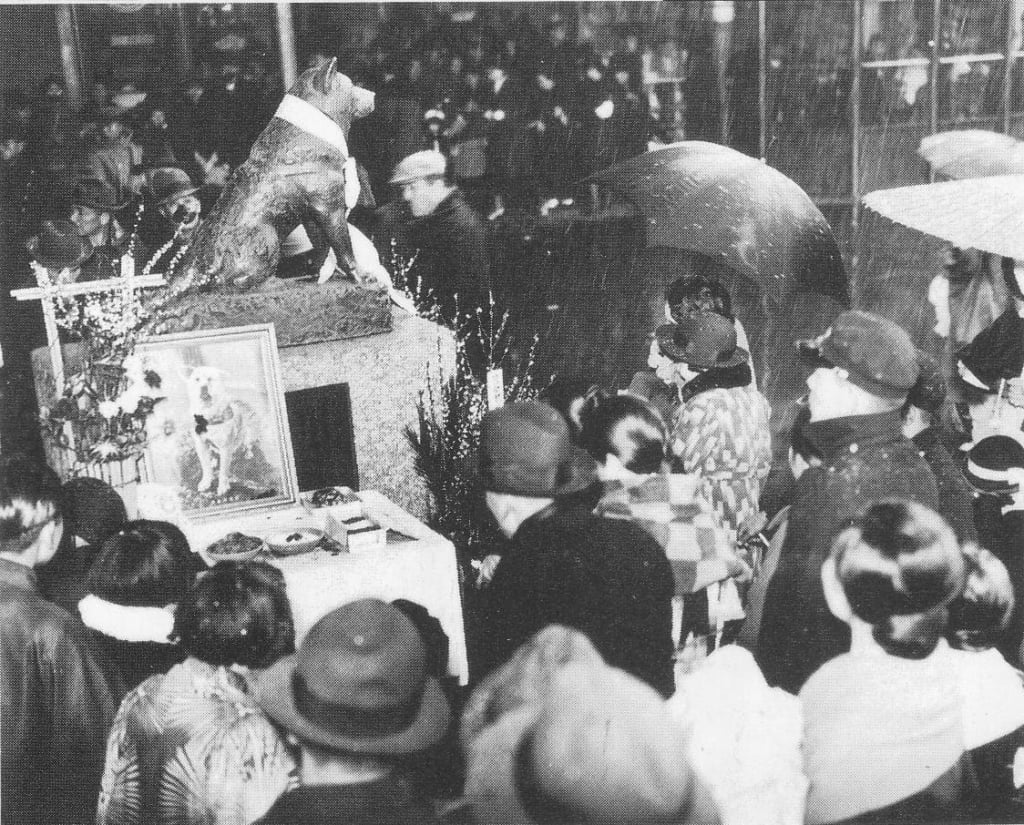
© Wikimédia Commons
In October 1932, the Japanese daily newspaper Asahi Shimbun published an article entitled ‘The Touching Story of an Old Dog: Waiting for His Deceased Master for Seven Years’. This story had a powerful impact on the population of Tokyo and saw Hachiko become famous all over the country.
A first statue was erected in the animal’s honour in April 1934, outside Shibuya station. During the Second World War, however, the sculpture was melted down when there was a shortage of metal. In August 1948, a new statue was unveiled, better known as Hachiko-guchi (‘Hachiko exit’). This meeting place for residents and symbolic spot for animal rights charities is regularly adorned with banners, hats and scarves. On 8 April every year, a solemn ceremony is held to commemorate the story of the dog who was faithful to his owner until the end of his life.
Man’s best friend
In 1924, a professor in the department of agriculture at the University of Tokyo, Hidesaburo Ueno, adopted a male puppy who was born in November 1923. The eighth in his litter, the Akita Inu was christened Hachiko because hachi means ‘eight’ in Japanese.
Over the course of months spent together, the dog and his master developed a strong bond and settled into a new routine. Every morning, the animal would accompany his owner to Shibuya station and every evening, he would wait on the platform at the exact time when the train was due to arrive.
Unfortunately, in May 1925, Hidesaburo Ueno died after suffering a brain haemorrhage during a lecture. As a result, he did not come back and abandoned his loyal companion.
Nine years waiting
After the death of the professor, the family tried to find a new home for Hachiko. The latter kept running away to go to Shibuya station in the hope of finding his master. Years passed and the passengers noticed the dog standing with his ears pricked up, waiting on the platform for hours. Thus, they started to bring him food and water every day. Seeing his loyalty and devotion, the residents nicknamed the Akita Inu Chuken, meaning ‘faithful dog’.
Nine years after the death of Hidesaburo Ueno, the dog died in an alleyway near Inari bridge, from filariasis or lung and heart cancer. He was stuffed and is now conserved in the National Museum of Science in Tokyo, and some of his remains are buried in Aoyama cemetery, next to his owner’s grave.
Today, Hachiko is very much part of Japanese culture. Regularly mentioned in cultural works, two films have adapted the sad tale, Hachiko Monogatari (1987) and Hatchi (2008) starring Richard Gere.
More information can be found on the official Go Tokyo website.
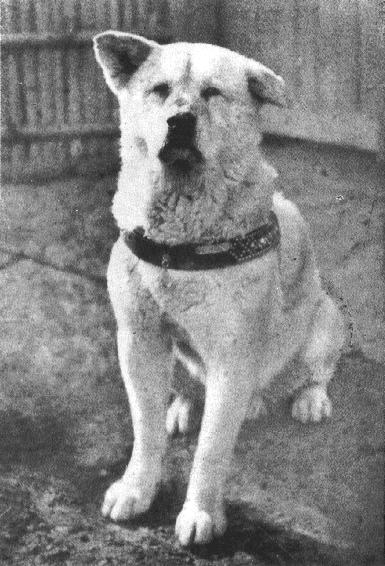
© Wikimédia Commons
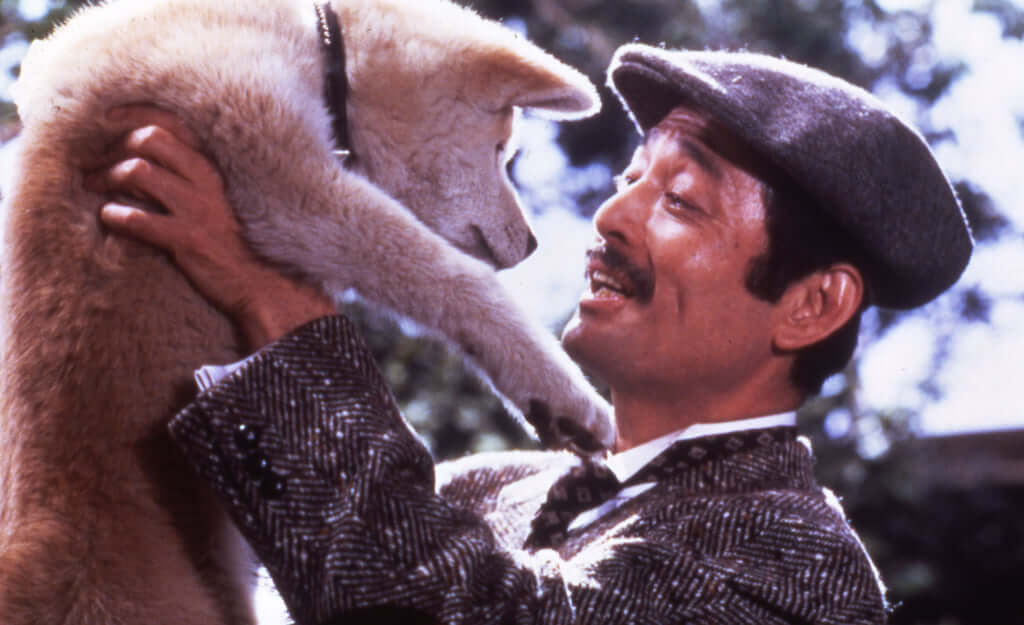
© 2014 - Metropolitan Filmexport
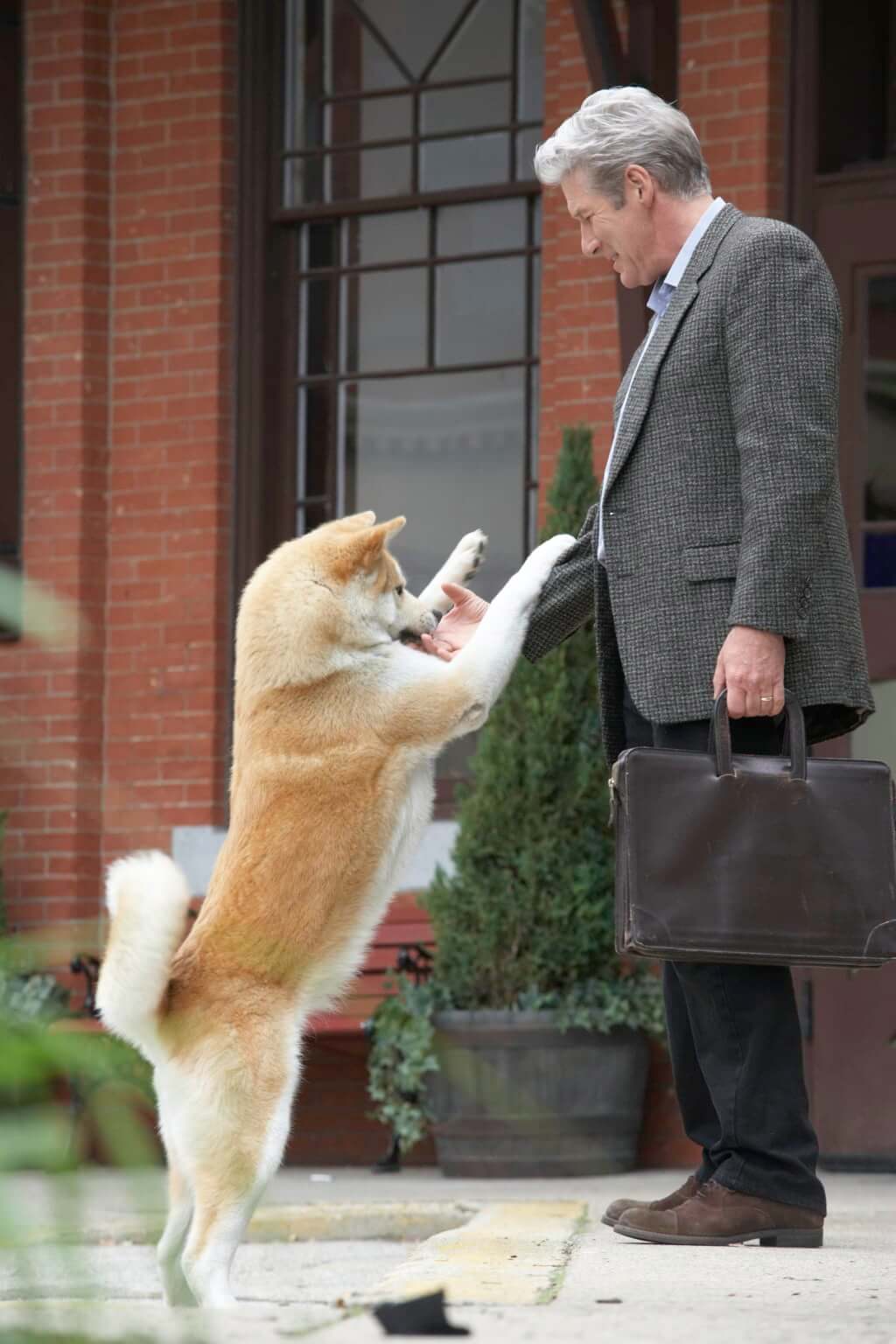
© 2014 - Metropolitan Filmexport
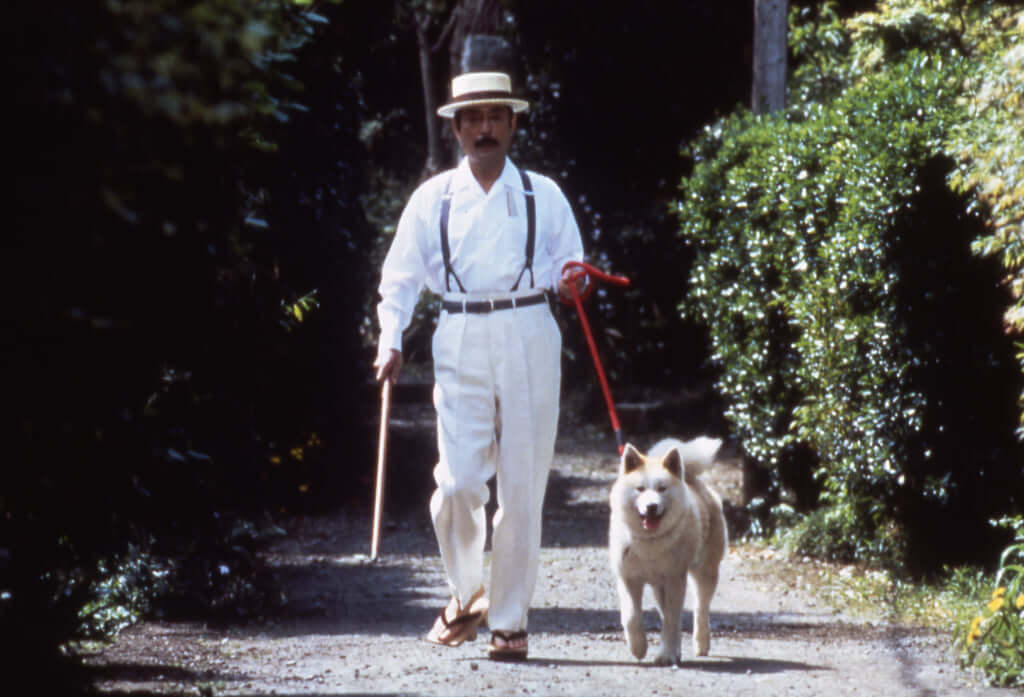
© 2014 - Metropolitan Filmexport

© 2014 - Metropolitan Filmexport
TRENDING
-
Ishiuchi Miyako, A Singular Perspective on Women
Recipient of the 2024 Women in Motion Award, the photographer creates intimate portraits of women through the objects they left behind.

-
Recipe for Ichiraku Ramen from ‘Naruto’ by Danielle Baghernejad
Taken from the popular manga with the character of the same name who loves ramen, this dish is named after the hero's favourite restaurant.

-
Namio Harukawa, Master of Japanese SM Art
'Garden of Domina' offers a dive into the world of an icon of ‘oshiri’, whose work has now reached a global audience.

-
The Tattoos that Marked the Criminals of the Edo Period
Traditional tattoos were strong signifiers; murderers had head tattoos, while theft might result in an arm tattoo.

-
The Emperor of Japanese Porn is Now the Star of a Netflix Series
Deliciously funny, The Naked Director especially succeeds in reviving the atmosphere that was so characteristic of 1980s Japan.





